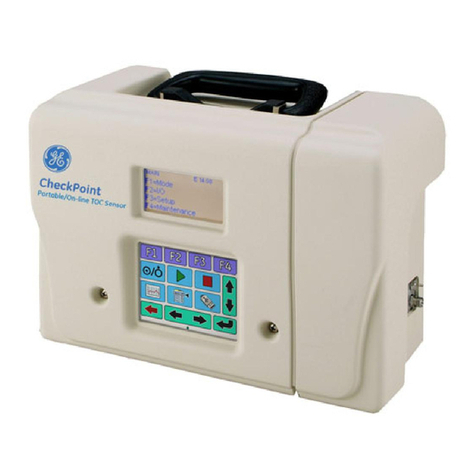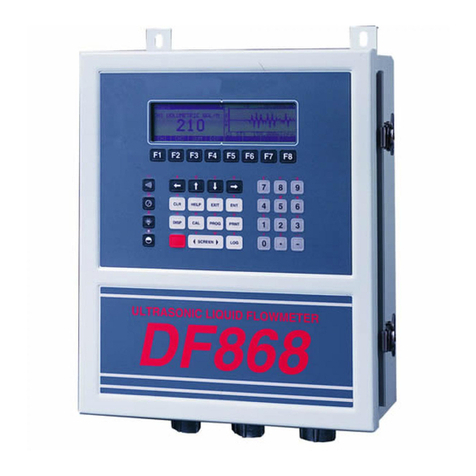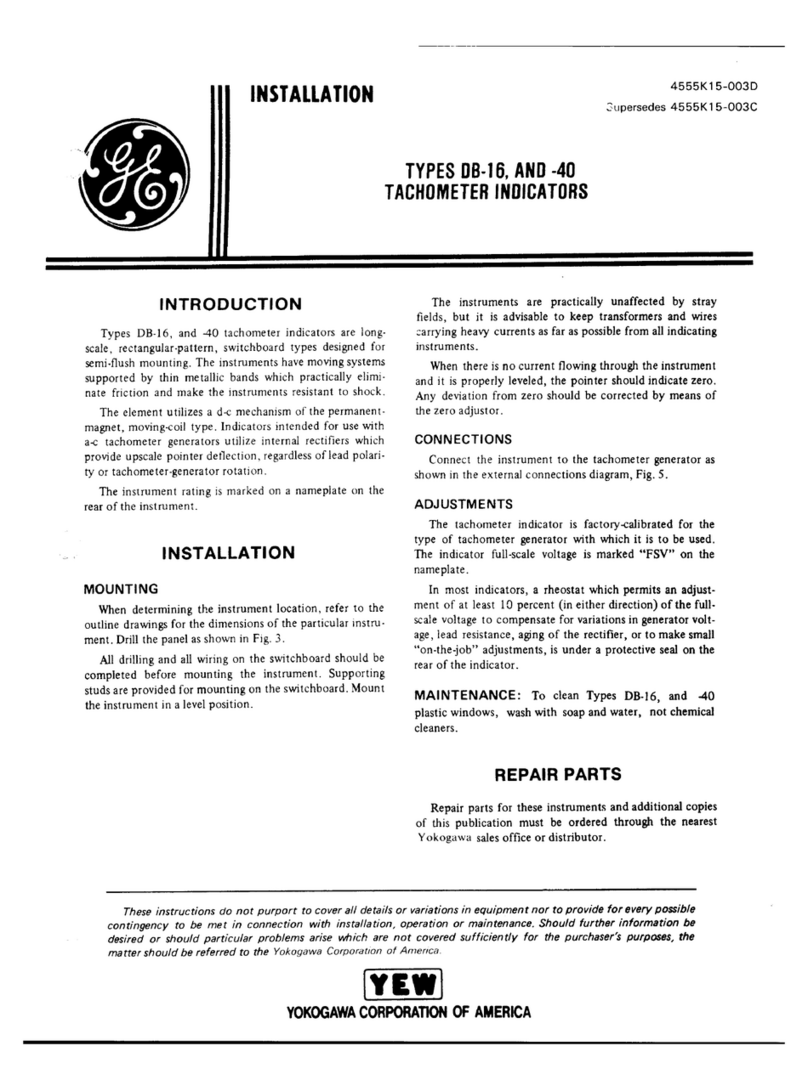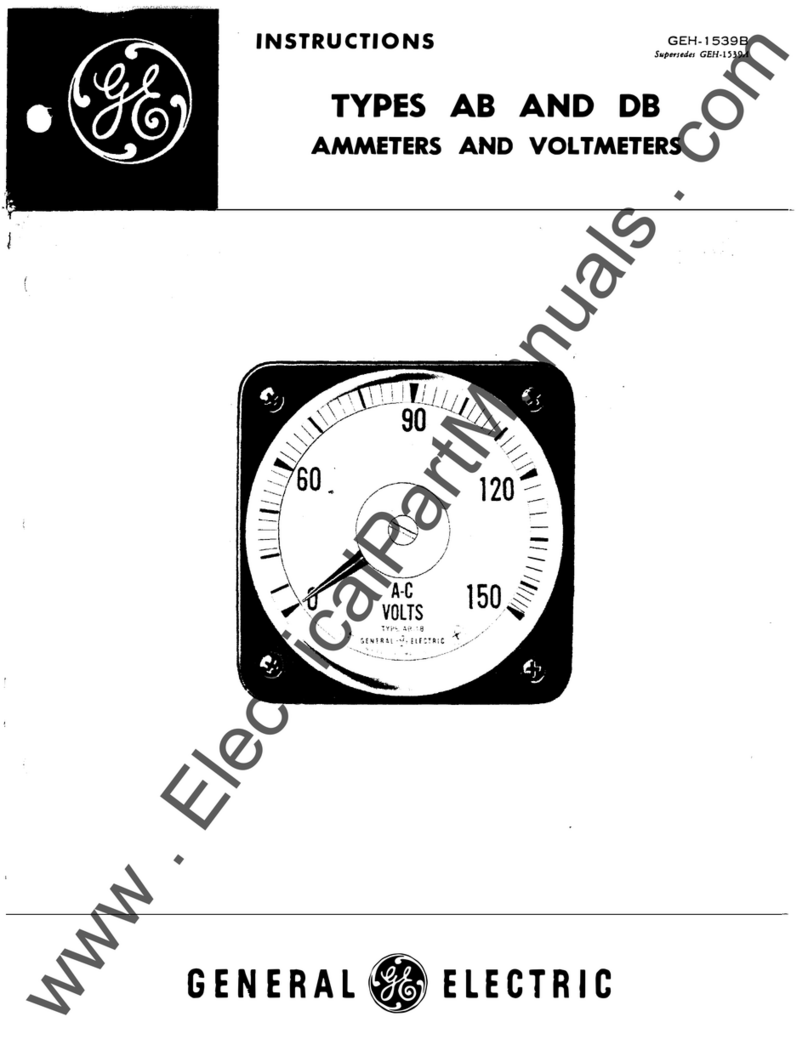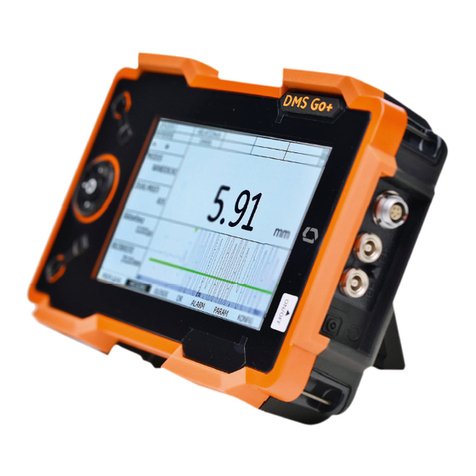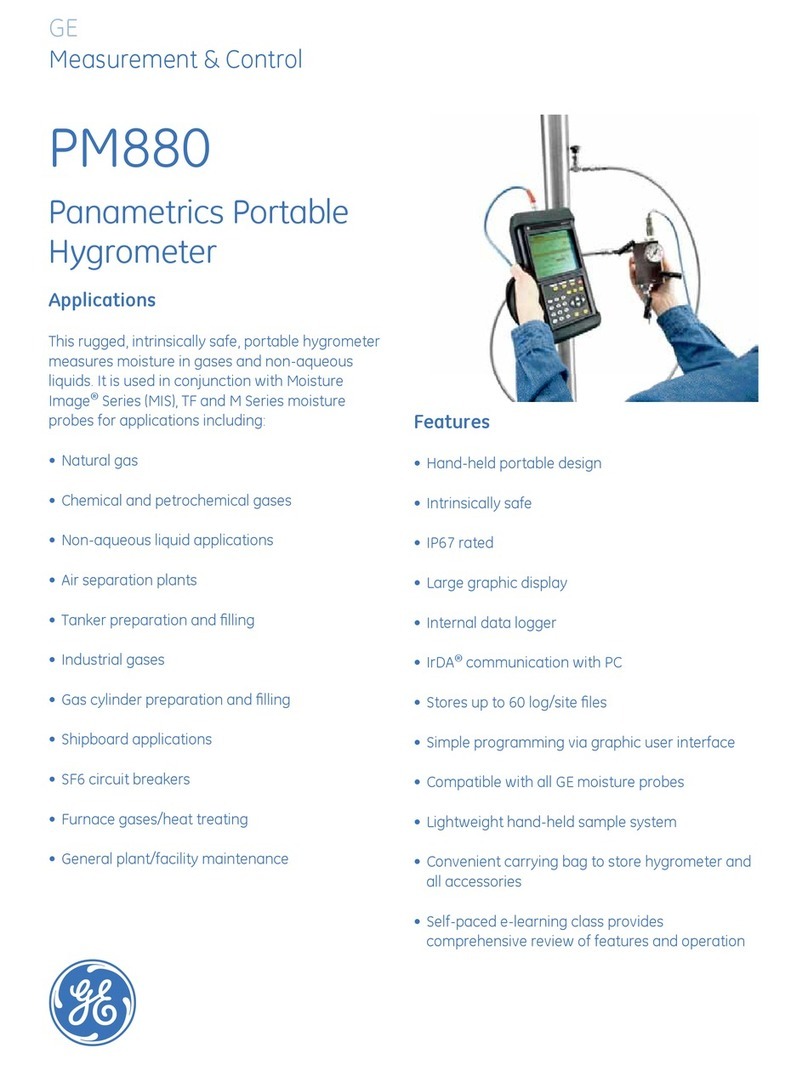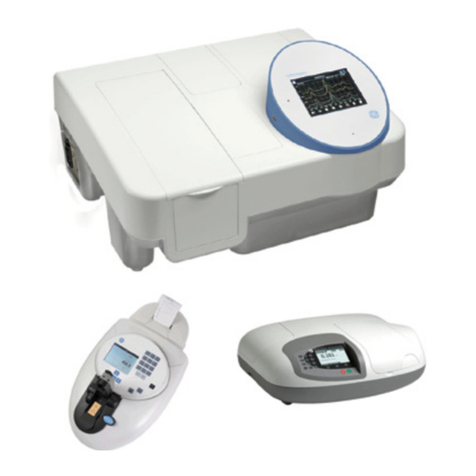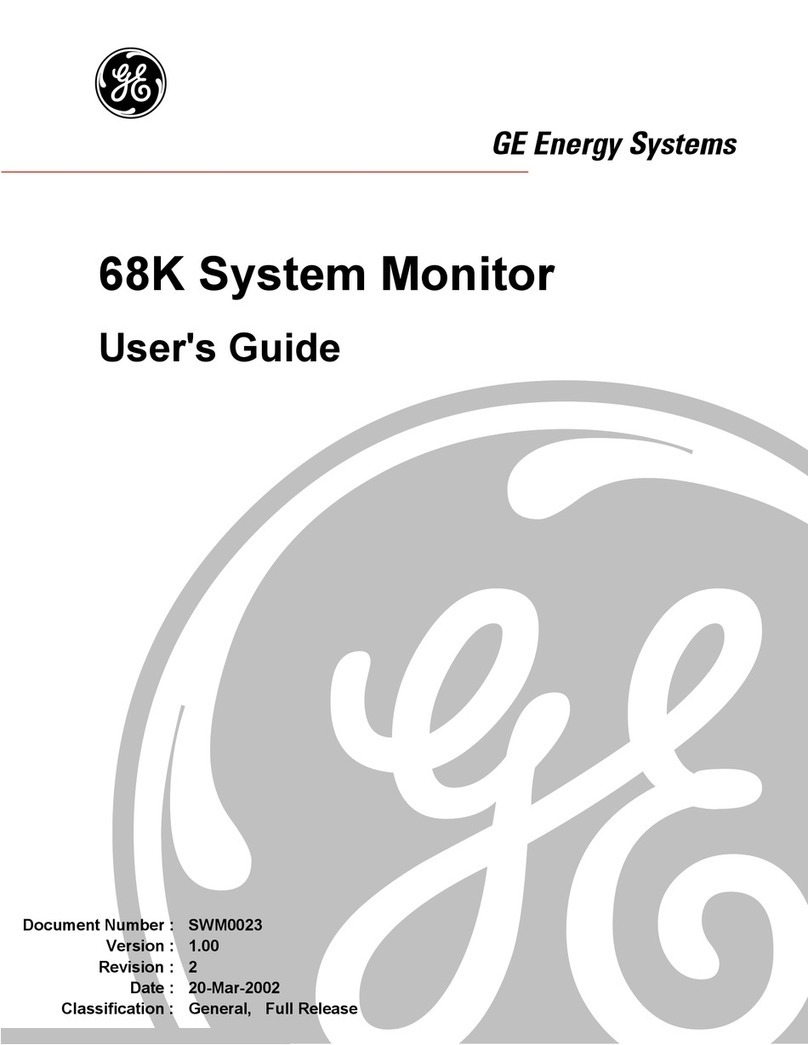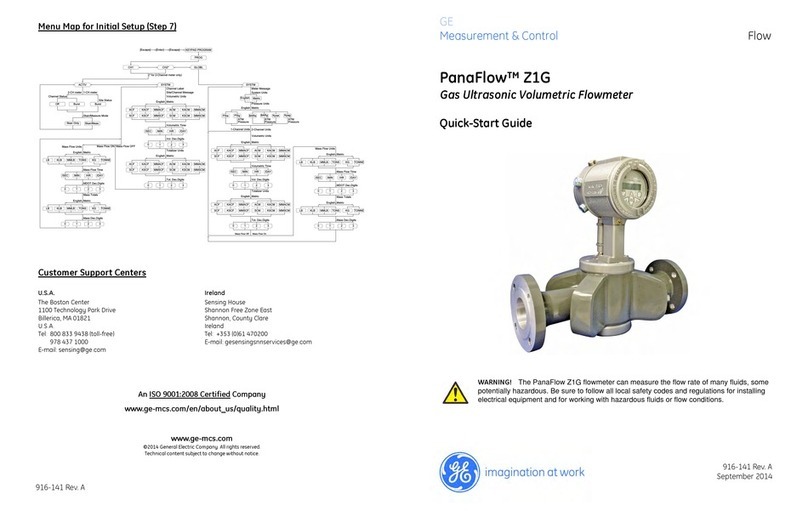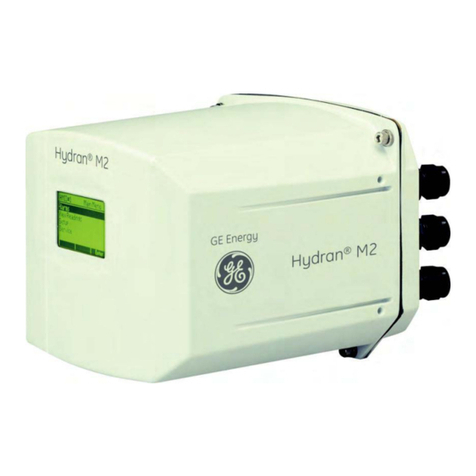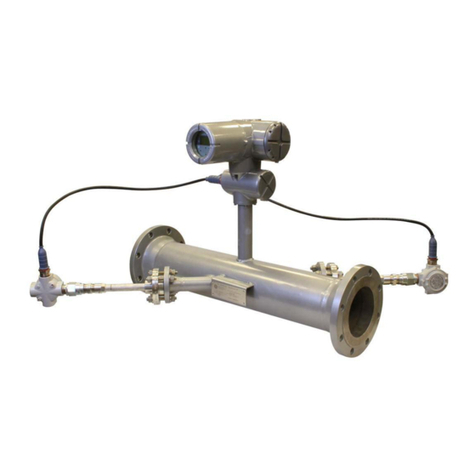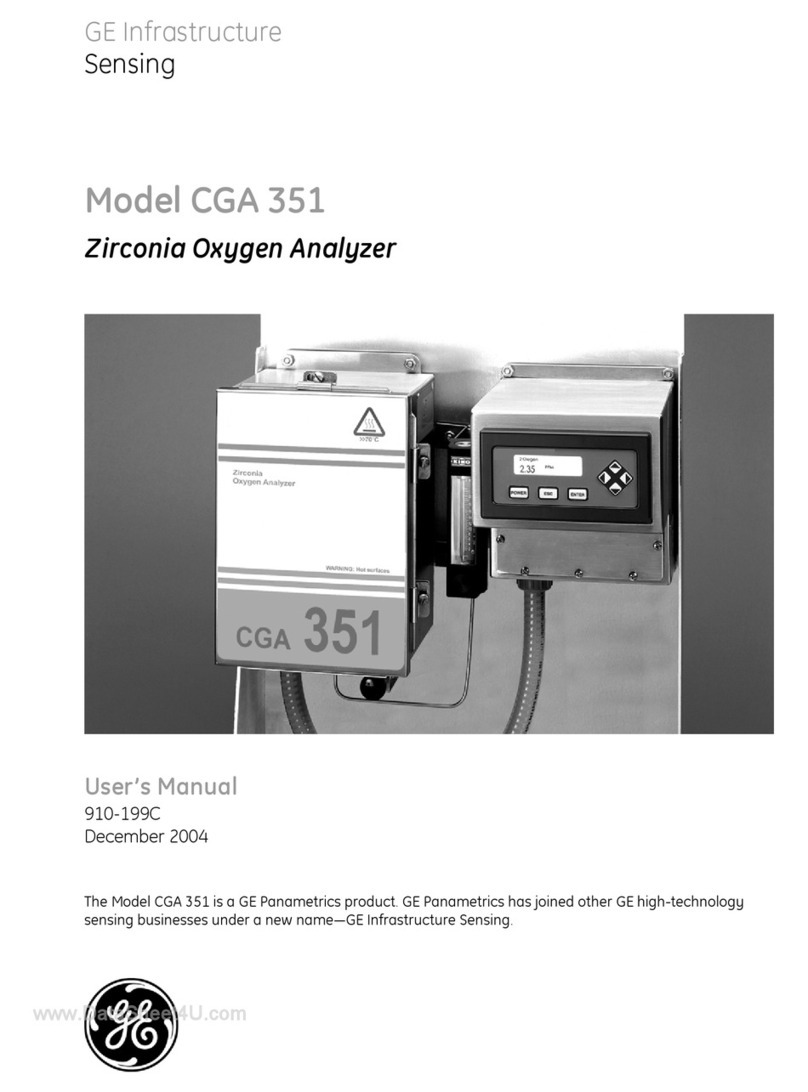Table of Figures
Figure 5—1: Power switch....................................................................................................................10
Figure 5—2: LED indicator lights & fuse holder...................................................................................10
Figure 5—3: Coin cell battery............................................................................................................... 11
Figure 5—4: Standby mode .................................................................................................................12
Figure 5—5: Power switch....................................................................................................................12
Figure 5—6: Operation mode...............................................................................................................12
Figure 6—1: Inside view .......................................................................................................................13
Figure 6—2: Boot ..................................................................................................................................14
Figure 6—3: Version .............................................................................................................................14
Figure 6—4: Standby mode .................................................................................................................14
Figure 6—5: Three sources ..................................................................................................................14
Figure 6—6: Peripheral scheduler........................................................................................................15
Figure 6—7: Start a manual measurement ........................................................................................ 15
Figure 6—8: Oil switching..................................................................................................................... 15
Figure 6—9: Stop a measurement.......................................................................................................16
Figure 6—10: Measurement data........................................................................................................ 16
Figure 6—11: Measurement in progress.............................................................................................16
Figure 6—12: Standby mode ...............................................................................................................16
Figure 6—13: Countdown & Purge ......................................................................................................17
Figure 6—14: Take sample & Standby.................................................................................................17
Figure 6—15: Communication channels............................................................................................. 17
Figure 6—16: Networking ....................................................................................................................18
Figure 6—17: GSM / GPRS modem......................................................................................................18
Figure 6—18: LCD error format........................................................................................................... 19
Figure 6—19: LCD error example.........................................................................................................19
Figure 7—1: Oil filters and sampling port (front view) ........................................................................21
Figure 7—2: Valve orientation..............................................................................................................21
Figure 7—3: Sampling assembly .........................................................................................................21
Figure 7—4: Luer fitting on assembly.................................................................................................. 21
Figure 7—5: Manual oil sampling flowchart .......................................................................................22
Figure 8—1: Air filter .............................................................................................................................24
Figure 8—2: Metallic hood ................................................................................................................... 25
Figure 9—1: Oil filter ............................................................................................................................. 26
List of Tables
Table 3—1: Technical specification ....................................................................................................... 8
Table 4—1: Type tests ............................................................................................................................ 9
Table 5—1: External LED status indicators .........................................................................................10
Table 6—1: Errors .................................................................................................................................20
Table A—1: Timing................................................................................................................................28
Table A—2: UNIX time registers........................................................................................................... 28












